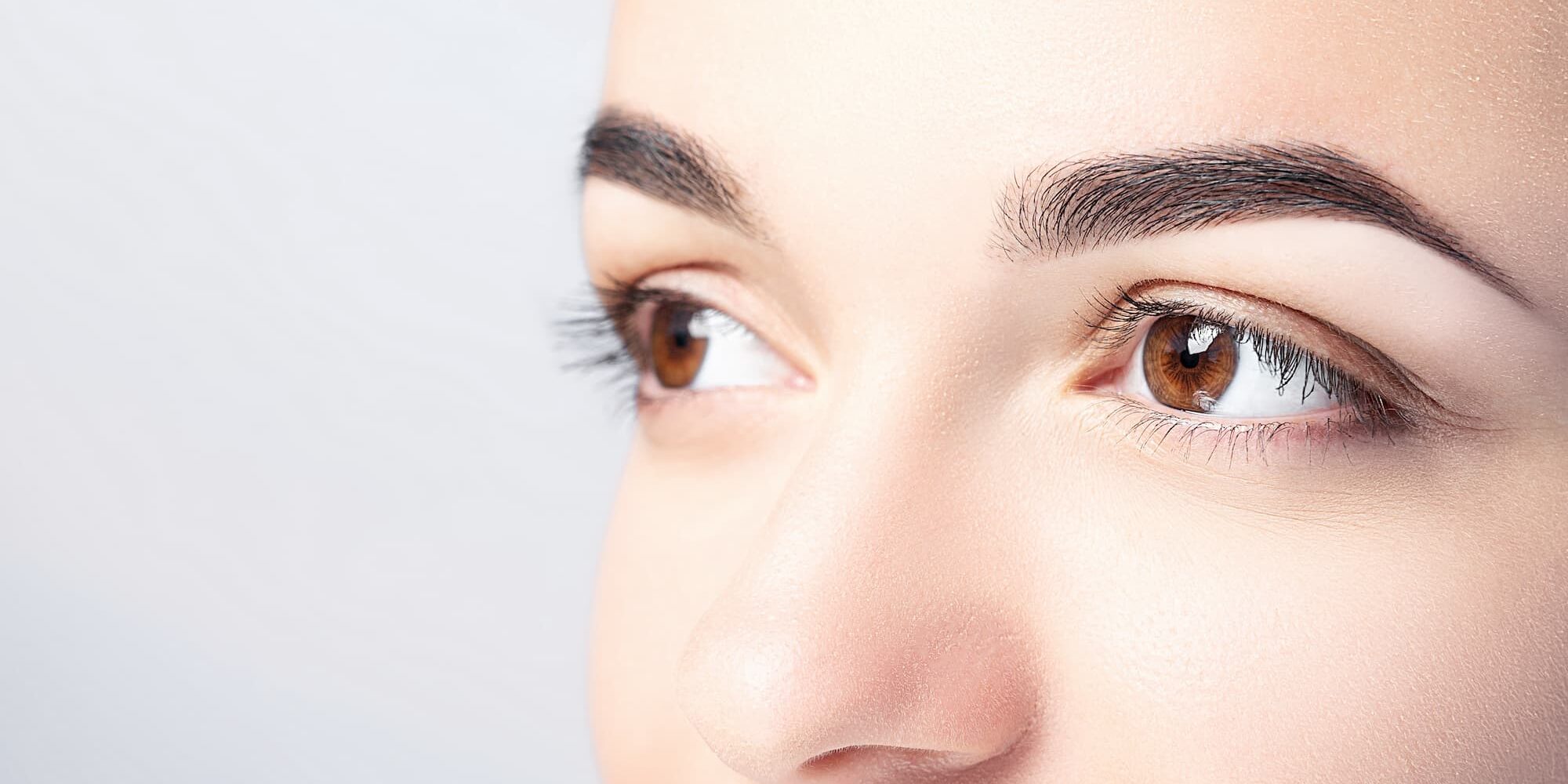Browlift
A browlift procedure aims to achieve forehead rejuvenation and is an important part of harmonising the facial appearance.
The brows form the first ‘pillar’ of the orbital complex, along with the upper and lower eyelids. A droopy brow contributes greatly to the appearance of tired eyes or a ‘moody’ look. Additionally, constant lifting of drooping brows increase the presence of wrinkles on the forehead. Botulinum Toxin injections (such as Botox) are used to weaken these muscles and reduce the wrinkles; however, this frequently causes further drooping of the brows and a sullen look.
A browlift can be performed in isolation, or as part of pan-orbital or pan-facial rejuvenation surgery. There are different types of browlift surgery, with each having their own indications, risks and benefits.
Your brow lift journey
Endoscopic browlift
Small incisions are made just behind the hairline. A small telescopic camera and instruments are used to free up the skin and muscle across the forehead and this is then pulled up to the desired level and secured. This is the most inconspicuous but least long lasting method of browlifting.

Anterior hairline browlift
An incision is made across the hairline from one side to the other and the forehead lifted and shortened. This is suitable for those with tall foreheads and the scars may take a while to fade away.

Direct browlift
This is the removal of excess skin directly over the brows and suspension of the underlying tissues to the bone. This is the most powerful and long lasting of the browlifts, but cokes at the expense of a scar directly above the brow. Although this fades over time, I prefer to use this in patients with bushy brows. This can be performed under local anaesthesia.
